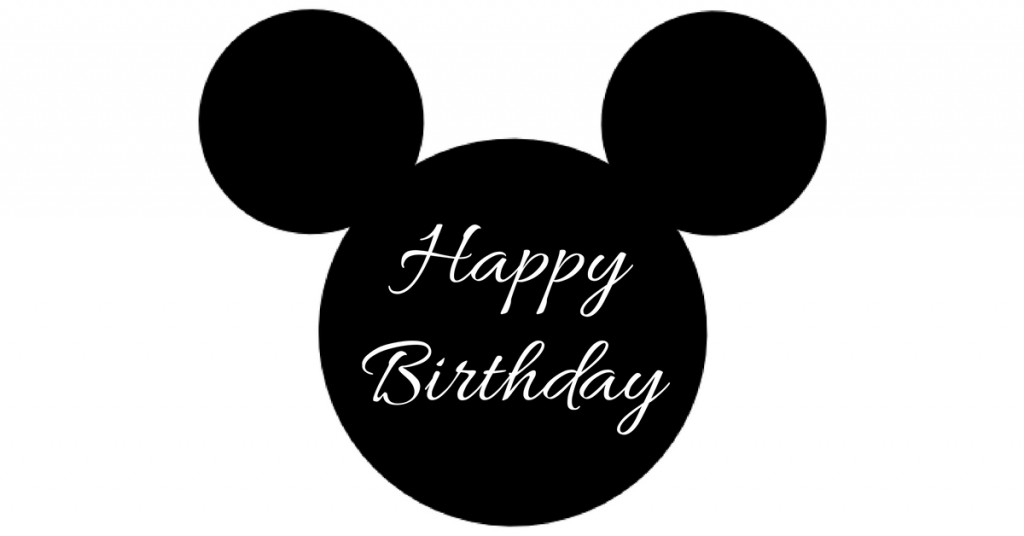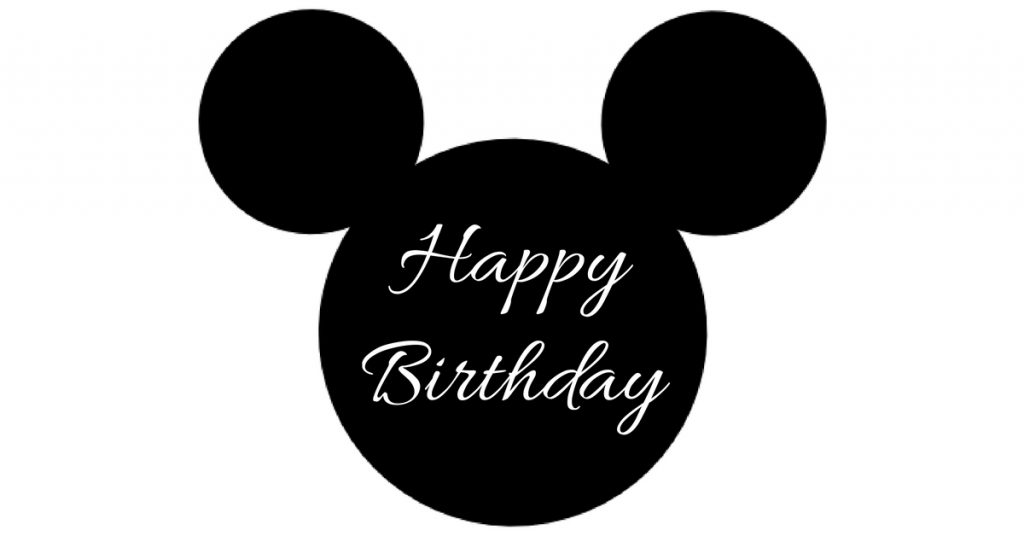November 18, 1928, is the birth date of the most famous cartoon ever: Mickey Mouse. Read on for the story of how he got his name, as well as the surprising origins of other famous characters. This article was first published in Uncle John’s Great Big Bathroom Reader.

Mickey Mouse
The most famous cartoon character in history.
Inspired by: A real mouse…and maybe actor Mickey Rooney. The mouse, whom Disney called Mortimer, was a pet that the cartoonist kept trapped in a wastebasket in his first art studio in Kansas City. Rooney, a child movie star, says in his autobiography that he inspired the mouse’s new name, in the early 1920s:
One day I passed a half-open door in a dirty old studio and peeked in. A slightly built man with a thin mustache looked up and smiled. “What’s your name, son?”
“Mickey…What are you drawing?”
“I’m drawing a mouse, son.” Suddenly he stopped drawing, took me by the shoulders, and looked me in the eye. “Did you say your name was Mickey?”
“Yes sir.”
“You know what I’m going to do? I’m going to call this mouse Mickey—after you.”
Don Corleone
The Mafia leader in The Godfather, Mario Puzo’s bestselling novel.
Inspired by: Puzo’s mother. “Like the don,” he explains, “she could be extremely warm and extremely ruthless…[For example], my father was committed to an insane asylum. When he could have returned home, my mother made the decision not to let him out—he would have been a burden on the family. That’s a Mafia decision.”
Moby Dick
The Great White Whale, title character of Herman Melville’s classic novel.
Inspired by: Mocha Dick, a real white sperm whale that was the terror of the seas in the first half of the 19th century. (He was named for Mocha Island, near Chile.) Mocha Dick was said to have wrecked or destroyed nearly thirty whaling boats and killed thirty men, beginning in 1819. Historians say Melville first read of him in an 1839 issue of Knickerbocker magazine.
Winnie the Pooh
Christopher Robin’s stuffed bear.
Inspired by: A Canadian black bear. In 1914 Harry Colebourne, a Canadian soldier, was traveling east on a troop train headed for England and World War I. When the train stopped in White River, Ontario, Harry bought a black bear cub from a hunter. He called it Winnie, after his hometown of Winnipeg, and took it to England as a mascot. Colebourne was eventually stationed in France, and while he was gone, he loaned Winnie to the London Zoo. By the time he returned, the bear had become so popular that he decided to leave it there.
A few years later, a four-year-old named Christopher Milne brought his favorite stuffed bear, Edward, to the zoo. Christopher saw Winnie and became so excited that he decided to rename Edward. “Pooh” was his nickname for a swan he loved—he appropriated it for the bear, and Edward became Winnie the Pooh. Christopher’s father, A. A. Milne, wrote about the bear in his books.
Mary
The classic nursery rhyme character (“Mary had a little lamb, its fleece was white as snow…”).
Inspired by: An eleven-year-old girl in Boston, Massachusetts. In 1817 a young man named John Roulstone saw young Mary Sawyer on her way to school…followed by a pet lamb. He thought it was so amusing, he jotted down a little poem about it. Thirteen years later, Mrs. Sarah Josepha Hale added 12 more lines to the poem and published the whole thing under her own byline. Today there’s some controversy about the authorship of the poem…but not the inspiration.
Oliver Barrett IV
The romantic hero in Love Story, a #1 bestselling book by Erich Segal and a hit movie in the 1970s.
Inspired by: Two students Segal knew at Harvard in the 1960s. The side of Barrett that was “the tough, macho guy who’s a poet at heart” was fashioned after Tommy Lee Jones (now an actor). The side that “had a controlling father and was pressured to follow in the father’s footsteps” was inspired by Jones’s roommate—Al Gore.








